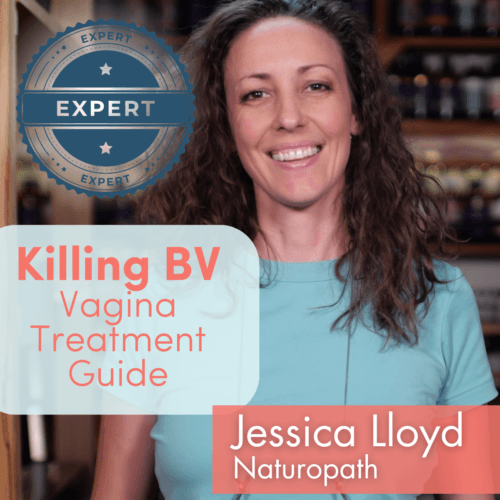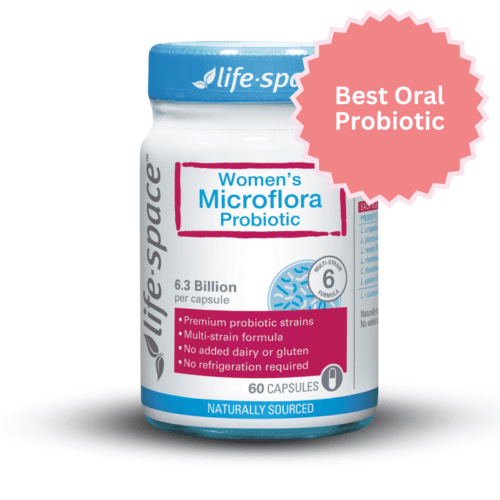A few years ago, tampon manufacturers came under scrutiny after allegations were made that tampons contained dioxins. To reassure you, now they definitely do not, but here’s why.
What is dioxin?
Dioxin is a set of chemical compounds (has several chemical components to it). It is an environmental toxin, a by-product of wood-pulp bleaching methods. Wood pulp is used to make rayon, the material used to make some tampons.
The FDA’s response [1.Tampons and Asbestos, Dioxin, & Toxic Shock Syndrome, www.fda.gov/MedicalDevices/Safety/AlertsandNotices/PatientAlerts/ucm070003.htm]
The Food and Drug Administration (FDA) asked all tampon manufacturers to test for dioxins, which is only done by a few independent labs in the US, being a very specialised test offering very accurate results. This test can detect the smallest trace amounts of dioxins, with the detectable amount being around 0.1 to 1 parts per trillion of dioxin – the equivalent of a teaspoon of water in a lake 15 feet deep and a mile square.
Tampon manufacturers are also asked to monitor these products periodically to check for dioxin and the results consistently show that levels are at or below the detectable limit, and no adverse health risks would be expected from those amounts. (This doesn’t mean nothing bad actually happens, but as far as they know, it’s fine.)
What tampons are made of
American tampons are made out of cotton or a rayon-cotton blend, with the rayon made from cellulose fibres that come from wood pulp. The process for bleaching this wood pulp used to be in part done using elemental chlorine, which is a potential source of trace amounts of dioxins in tampons, however they no longer use this method of bleaching rayon.
New bleaching methods
Instead, raw materials used to make rayon are now bleached using absolutely no chlorine, or using chlorine dioxide, which is free of elemental chlorine, thereby eliminating most of the possibility of trace amounts of dioxins. No chlorine means no dioxins, and generally means bleaching using other agents like hydrogen peroxide.
Why pulpers changed bleaching methods
The change in bleaching methods comes from the Environmental Protection Agency (EPA) working with wood pulp producers to eliminate this environmental toxin. What has happened in the past – polluting methods of bleaching wood pulp – mean that there are in fact dioxins in our environment from this process previously, and because of this, traces of dioxin might still exist in the cotton or wood grown in areas with dioxin pollution in the air, water or earth.
The FDA’s risk assessment says that this level of exposure is far less than is normally present in the body from other environmental sources, meaning that any risk to health is negligible.
So what’s the big deal about dioxins, and why are they so bad?
A WHO fact sheet [2.Dioxins and their effects on human health, Fact Sheet N225 updated June 2014, www.who.int/mediacentre/factsheets/fs225/en] explains that short-term exposure to dioxins can cause skin lesions (chlorance and dark patches) and altered liver function, while long-term exposure causes immune impairment and problems with the nervous, endocrine and reproductive systems. It causes cancer.
Dioxins are highly toxic and can cause reproductive and developmental problems, damage your immunity and interfere with hormones. Dioxins are also known to cause cancer. Dioxins are everywhere, however, with everyone having some exposure that isn’t thought to impact our health. The best way to manage dioxins in the environment is through stopping use of industrial processes (like pulp bleaching) that cause the formation of dioxins.
Facts about dioxins:
- Dioxins are one of the ‘dirty dozen’ worst group of dangerous chemicals for pollution
- Dioxins last a long time in the body because they are chemically stable and are absorbed by fatty tissue
- 90 per cent of all human exposure is through the food chain – meat and dairy are the worst offenders, but fish and shellfish also accumulate dioxins (most countries have monitoring in place)
- The half-life of a dioxin is between 7 and 11 years (this is how long it takes for half of the poison to be eliminated from the body)
- 419 types of dioxin-like compounds have been identified, with 30 of these having significant toxicity
- Volcanoes, forest fires and hospital incinerators also release dioxins
- Plants, water and air have the lowest levels of dioxins stored
Get a fresh perspective with a qualified, experienced vulvovaginal specialist naturopath.
This product has multiple variants. The options may be chosen on the product pageThe most comprehensive vaginal microbiome test you can take at home, brought to you by world-leading vaginal microbiome scientists at Juno Bio.
Easy-to-use BV and AV treatment program.
Promote and support a protective vaginal microbiome with tailored probiotic species.





